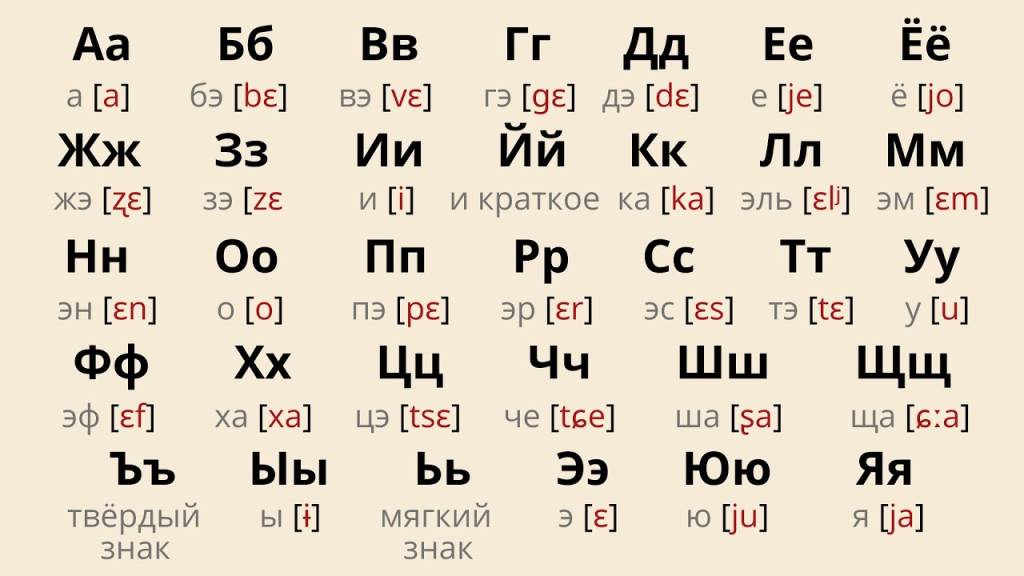Clerks Russian Alphabet
The Origins of the Russian Alphabet
The Russian alphabet, also known as the Cyrillic alphabet, has a rich history that traces back to the Byzantine Empire and the influence of Christianity in Eastern Europe. Its origins can be attributed to the efforts of two saints, Cyril and Methodius, who were Greek missionaries sent by the Byzantine Emperor to spread Christianity among the Slavic peoples in the 9th century.
Recognizing the need for a writing system that could accurately represent the sounds of these languages, they devised a new oldest known Slavic alphabet known as Glagolitic which was used primarily for liturgical purposes. A simplified version of that alphabet known as Cyrillic.
The Cyrillic script drew inspiration from the Greek alphabet, incorporating elements from it while also introducing new characters to represent specific Slavic sounds.
The Cyrillic alphabet spread across the Slavic lands, reaching territories such as Bulgaria, Serbia, and later, Russia. In these regions, the alphabet underwent further modifications to accommodate the specific phonetic characteristics of each language. In the case of Russian, it underwent several reforms and refinements throughout history to reflect changes in pronunciation and improve consistency.
Over time, the alphabet evolved, adapted, and spread across various Slavic lands, eventually becoming an integral part of the Russian language and culture. Its legacy endures as a symbol of Russia's rich history and linguistic heritage.
